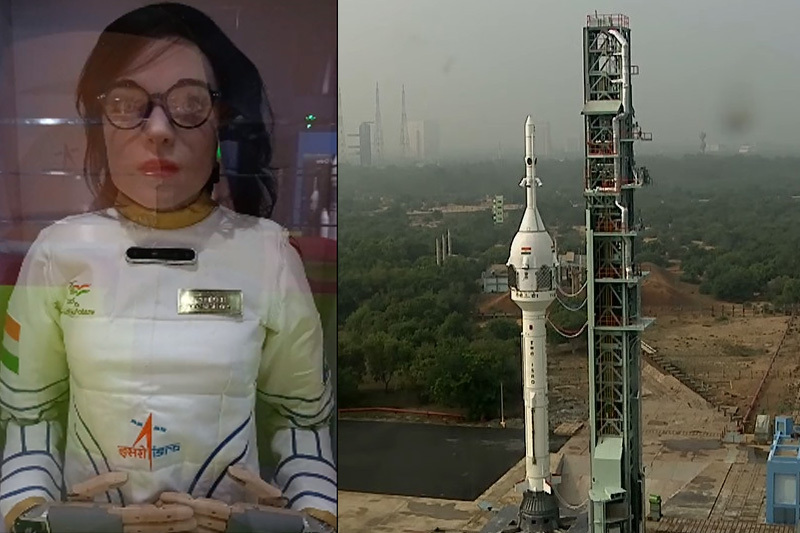
Gaganyaan: India’s Space Agency Seeks To Take Astronauts Into Space In 2025
The Indian Space Research Organisation (ISRO) has successfully carried out the first in a series of test flights ahead of its planned mission to take astronauts into space by 2025.
Named after the Sanskrit word for craft or vehicle to the sky, the Gaganyaan spacecraft was launched at 10:00 local time on Saturday from Sriharikota in Andhra Pradesh.
The test – conducted to demonstrate whether the crew could safely escape the rocket in case it malfunctioned – will now pave the way for other unmanned missions to space.
India Could Become The Fourth Country To Send A Human Into Space
The Gaganyaan project, worth 90 billion rupees ($1 billion), aims to send the astronauts to an orbit of 400 km and bring them back after three days.
If it succeeds, India will become only the fourth country to send a human into space after the Soviet Union, the US and China, which achieved the feat in 2003 when a mission spent 21 hours.
Saturday’s test launch was the day’s second attempt – the first was put on hold just five seconds before the scheduled launch time after the ground computer detected an anomaly.
Keep Reading
ISRO To Send A Humanoid In An Unmanned Gaganyaan Spacecraft
“I’m very happy to announce the successful accomplishment of the TV-D1 mission,” ISRO Chairman S Somnath said as his colleagues cheered and applauded.
After the launch, a series of parachutes were deployed as the module started its descent to help ensure a safe touchdown in the waters of Bay of Bengal.
The craft has been fitted with cameras and instruments which will accumulate data that, ISRO says, will help with future tests and the final mission.
India Becoming The First Country To Land Near Moon’s South Pole
Since Saturday’s test flight was deemed successful, the space agency will send a humanoid in an unmanned Gaganyaan spacecraft next year.
Meanwhile, ISRO has also shared photographs of Indian air force pilots who had been chosen to be part of the crew and said they were undergoing extensive tests.
The launch came not long after the country made history on August 23, 2023, by becoming the first in the world to land near the Moon’s south pole.




